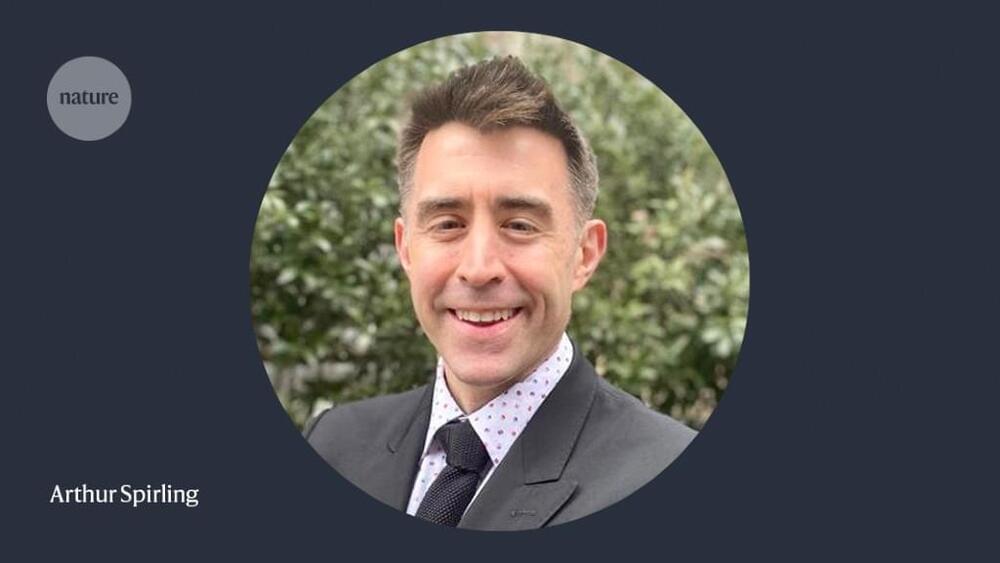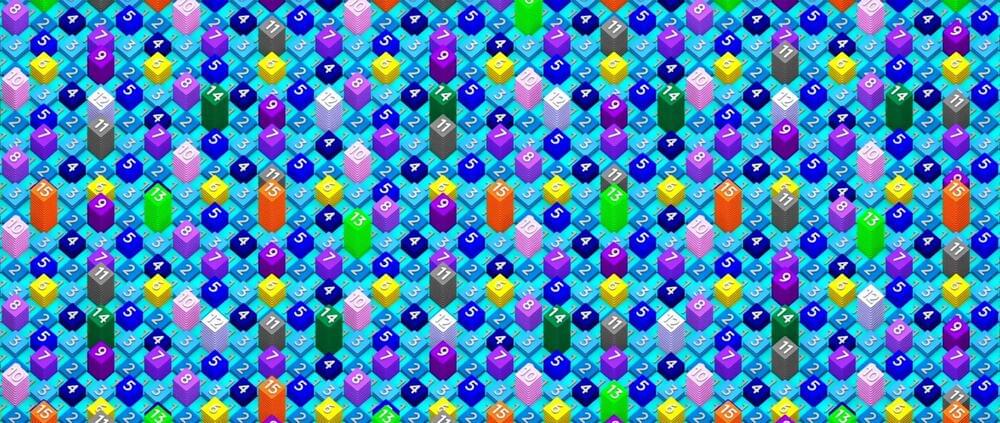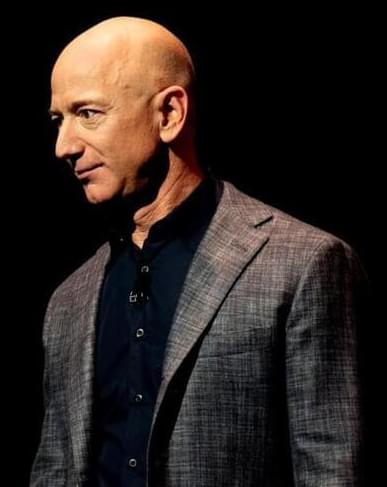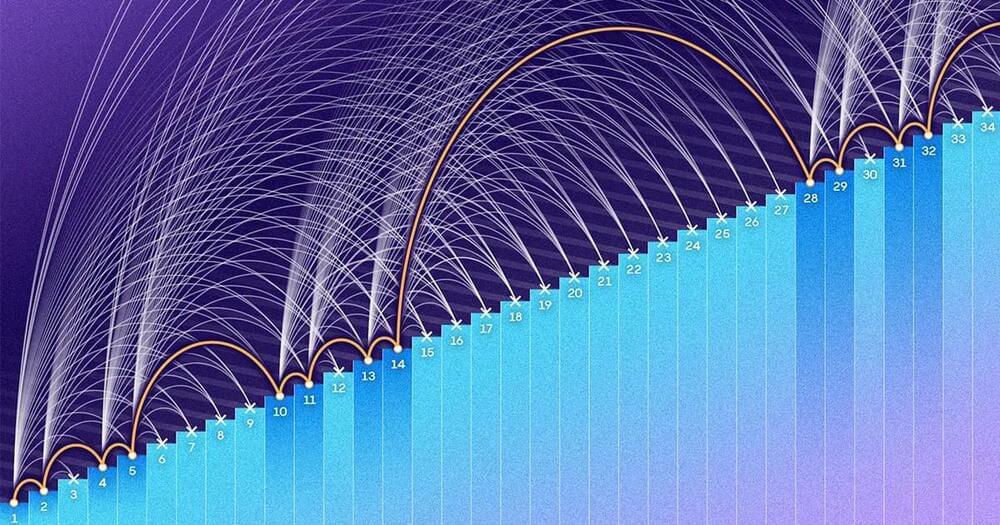Researchers should avoid the lure of proprietary models and develop transparent large language models to ensure reproducibility.




Large language models are drafting screenplays and writing code and cracking jokes. Image generators, such as Midjourney and DALL-E 2, are winning art prizes and democratizing interior design and producing dangerously convincing fabrications. They feel like magic. Meanwhile, the world’s most advanced robots are still struggling to open different kinds of doors. As in actual, physical doors. Chatbots, in the proper context, can be—and have been—mistaken for actual human beings; the most advanced robots still look more like mechanical arms appended to rolling tables. For now, at least, our dystopian near future looks a lot more like Her than M3GAN.
The counterintuitive notion that it’s harder to build artificial bodies than artificial minds is not a new one. In 1988, the computer scientist Hans Moravec observed that computers already excelled at tasks that humans tended to think of as complicated or difficult (math, chess, IQ tests) but were unable to match “the skills of a one-year-old when it comes to perception and mobility.” Six years later, the cognitive psychologist Steven Pinker offered a pithier formulation: “The main lesson of thirty-five years of AI research,” he wrote, “is that the hard problems are easy and the easy problems are hard.” This lesson is now known as “Moravec’s paradox.”

Child protégée, David Balogun, continues to shock the world with his incredible genius.
The nine-year-old is one of the youngest high school graduates, receiving his diploma from Reach Cyber Charter School in Harrisburg, PA. After graduation, Balogun was invited by NASA and the Maryland-based Space Telescope Science Institute to visit the James Webb Space Telescope Mission Operations Center in Baltimore. His story made headlines and Hannah Braun, the institute’s spokesperson, said the team just had to meet him.
“I had actually seen David’s story all over social media and thought, ‘Wow, I’d bet he’d find a trip to Webb’s Mission Operations Center exciting!’” Braun said to Atlanta Black Star.
In just a few years, technology will merge with our bodies in unimaginable ways and push the boundaries of what it is to be human. While medical technology still aims at remediating disabilities, cyborgs strive to something else: a merging of man and machine with the goal of enhancing human capabilities.
The first cyborgs are already crossing the boundaries of their human limits just for the sake of it – at home, in basement workshops and tattoo parlours, using low-tech equipment and a do-it-yourself attitude. They are a tiny minority, seen by many as weird or crazy experimenters, but in the near future we may call them pioneers.
In this film, we meet some of these explorers. We also look at research in medical technology to assess how close science is to creating cyborgs, and ponder the social and ethical dilemmas of a cyborg society.
SUBSCRIBE for more amazing stories, including free FULL documentaries. At Java Films we have an incredible library of award-winning documentaries: from world-leading investigations to true crime and history, we have something for everyone!
Click the SUBSCRIBE button and make sure to set NOTIFICATIONS to stay updated with all new content!
Forget about life-work-balance. A new generation of drugs promises unlimited increases in productivity without the need for rest or sleep.
“Brain doping” is the latest trend among high flyers. Pharmaceutical companies are developing pills that increase mental capability, stimulate desire, and heighten mood. A meaningful life full of happiness and success – without side effects.
The industry hopes for fantastic profits if the pretty pills become socially acceptable. Are we at the dawn of a new era, in which cosmetic neurology is an everyday phenomenon?
This documentary was first released in 2011.
SUBSCRIBE for more amazing stories, including free FULL documentaries. At Java Films we have an incredible library of award-winning documentaries: from world-leading investigations to true crime and history, we have something for everyone!
Click the SUBSCRIBE button and make sure to set NOTIFICATIONS to stay updated with all new content!


Chapters:
0:00 Intro.
0:43 Growing Organoids.
2:57 Minibrains in Science & Medicine.
4:46 Giving Minibrains Psychedelics.
5:26 Minibrains With Eyes.
6:30 Can Minibrains Feel?
7:22 Looking For Consciousness.
9:03 The Future of Minibrain Research.
10:47 Human Minibrains Grafted Onto Mice.
12:10 What’s Next?
Videography by Island Fox Media.
Sound by Kutan Katas.
Patreon: https://www.patreon.com/IhmCurious.
Twitter: https://twitter.com/IhmCurious.
Music.